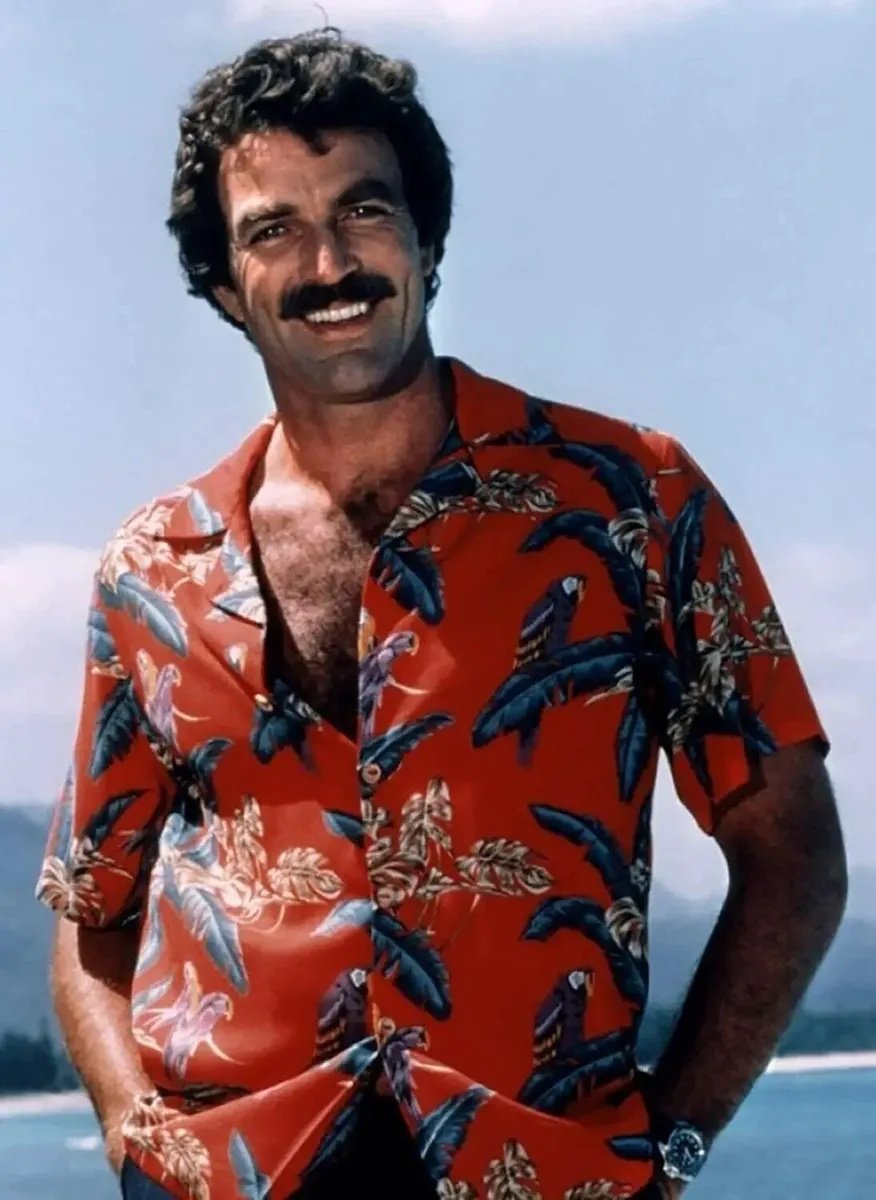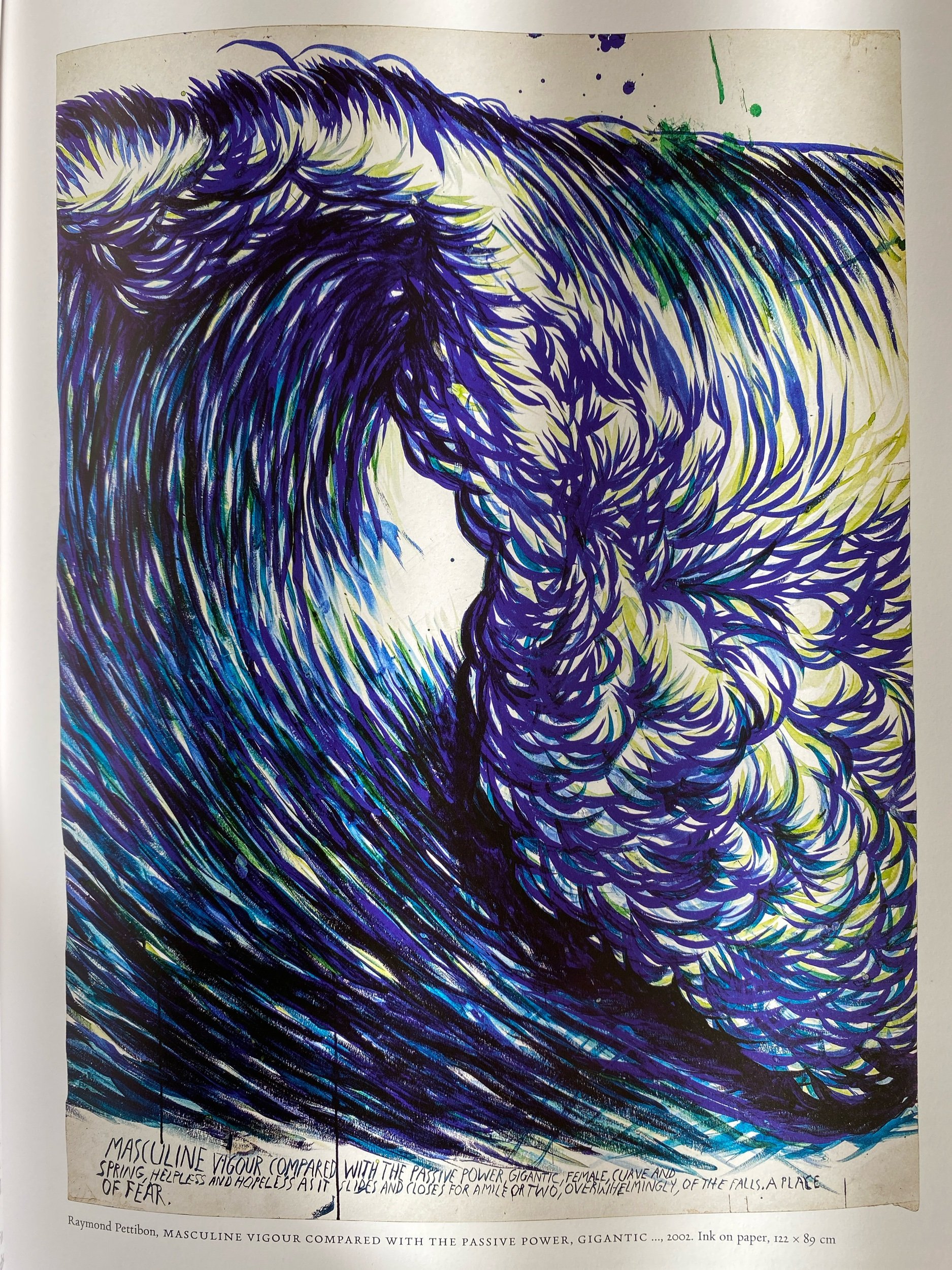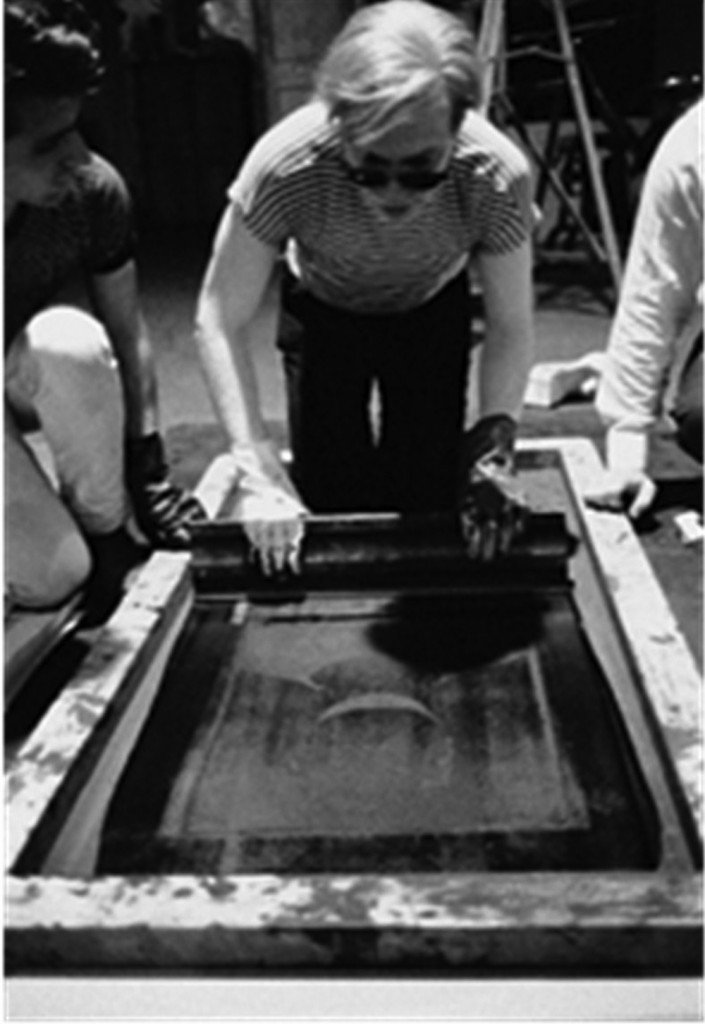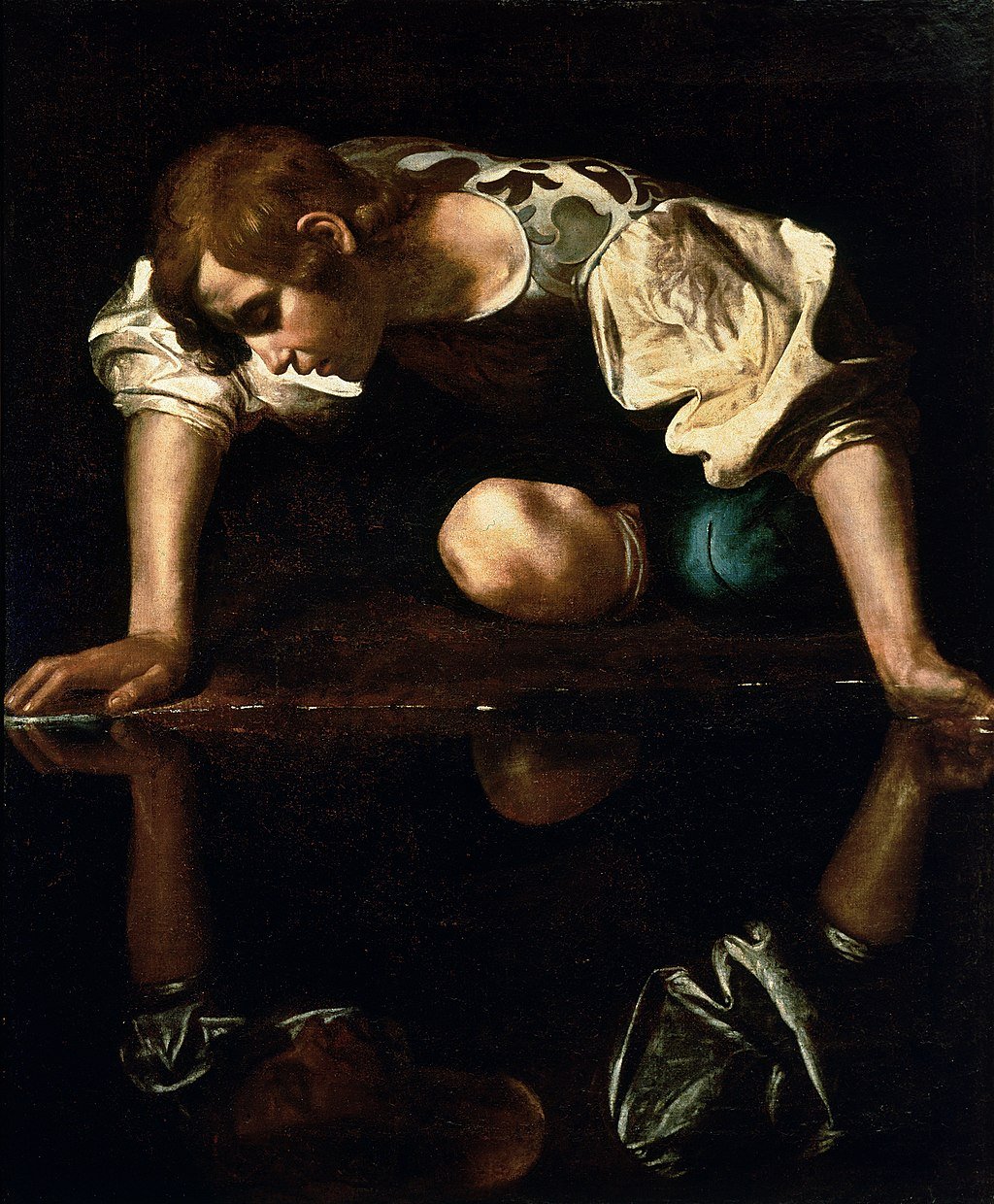Before I begin, I want to distinguish between bad hate and good hate in the context of cultural production. Of course, bad and good are not mutually exclusive or binary; like love and hate they invoke and elicit each other in unequal measures. They come from both places; they are born from and borne upon one another. But what if good hate was seen as sometimes necessary for the artist to invoke for the sake of a cultural production that upturns the status quo? Hate as a source for revolutionary art. Even though in its delivery under the gaze of the public it may well leave a trail of destruction and hurt in its wake.
I picked up the phrase “good hater” from the documentary Best of Enemies: Buckley vs. Vidal. The 2015 film explores the intellectually and ideologically combative relationship between right-wing conservative William F. Buckley Jr. & Democratic liberal Gore Vidal. Viewed through the 4:3 lens of the 1968 televised political debates in the race to the Whitehouse and the race riots in Chicago, “good hater” is used by a friend of Buckley to describe Vidal with reference to some of the imaginative things he wrote later as a novelist that metaphorically targeted Buckley, like this:
“William de la Touche Clancy’s voice is like that of a furious goose, all honks and hisses. He detests our democracy. He fills the pages of his magazine America with libalist comments on all things American. Despite a rich wife and five children, he is a compulsive sodomite, forever preying on country boys new to the city.”
“William de la Touche Clancy” is Buckley in Vidal’s imagination. Vidal himself was gay. In 1948 he wrote The City and the Pillar, the story of a young man discovering his own homosexuality. He was just 19. Twenty years later, the year of the televised debates, Vidal pens Myra Breckinridge, a proto-trans revolutionary novel, wherein a man becomes a woman becomes a man. Vidal’s “good hate” in the ridiculous figure of William de la Touche Clancy was perhaps the way Vidal believed Buckley imagined Vidal. He was making Buckley into a repugnant satire of his queer self, “queer” being the very slur Buckley regretfully expressed in the heat of the moment on the live broadcasted debates in 1968. We can look at Vidal’s passage above as an offensive, ad hominem attack on Buckley, or we can look at it as a piece of cultural production made on the back of what Buckley’s friend called good hate – “Vidal was a good hater.”
Is good hate real hate when remixed as a form of cultural production? Buckley and Vidal spoke the same patrician, elitist language. Vidal’s barb that Buckley's speech was “jumbled by the strangest syntax” is fighting words concerned with how something is delivered, not what is delivered. They understood each other more than the audience that tuned into the TV debates in 1968. 10 debates in total performed in cities across America, against the tidal wave of political tensions and public unrest invoked by the presidential race, they represented something unreal, what some call charisma and others call pretentious. “The Whole World Is Watching” the anti-Vietnam War demonstrators heralded aloft as they were beaten and arrested by police outside the Conrad Hilton Hotel in Chicago during the same 1968 Democratic National Convention where Vidal and Buckley fenced with words that didn’t reflect the bruises and blood spilt in Chicago or Vietnam.
Does hate as cultural production leave a wound on the one that it is addressed to, or does that matter if it creates a space in which cultural production of a revolutionary kind can take place? In Best of Enemies we are given a portrait of Buckley in old age, when he still hasn’t let go of the debates with Vidal. He writes a 10,000-word critical reflection in Esquire Magazine, a deeply personal and confessional account of how he reacted in the debates with Vidal, when, in a heated moment, Buckley called Vidal “queer” after Vidal calling Buckley a “crypto-Nazi”. Nazism and fascism were words that were often employed exclusively in slogans volleyed at right-wing conservative republicans like Buckley. It seemed he had had enough.
Is cultural production spurred on by hate worth the wounds that it may inflict on an individual? I am asking this today in the wake of the cultural production delivered in recent weeks by hip-hop gods, Drake & Kendrick Lamar, when each rapper released successive diss tracks which explicitly refer to each other personally, with wounding shots that suggest pedophilia, spousal abuse, child parentage and parental neglect.
After being exposed to this rap diss battle through the YouTube algorithm, I immediately became more invested in what was being said, but especially how it was being said by Drake versus Kendrick Lamar. Of course, I've heard the names Drake and Kendrick Lamar, especially Drake, who is a cultural movement unto himself—the richest rapper alive. But I didn't know to the degree to which those in the cultural sphere of hip hop, the purists versus the populists, believe in their respective icons—Kendrick Lamar on the side of the purists, Drake on the side of the populists, what Dave Hickey called the “Looky-Loos”.
So where does this hate come from, good or bad, in respect to cultural production? Drake has been a commercial gateway for rappers over the last decade, including Kendrick Lamar. But Drake’s commercial success has also provoked a lot of hate among his peer group. Childish Gambino (aka Donald Glover) first started writing THIS IS AMERICA as a Drake diss track. But as the song developed he felt it was “too hard” a track to remain a Drake diss, inferring Drake is too soft a target to take seriously with respect to cultural production that is valued both lyrically and conceptually. The sense I've got from listening carefully to the form of the music and the commentary by those in the know, is that Drake represents the disintegration of hip-hop culture into something that is more, broadly speaking, mainstream. He has sold out the culture of hip hop according to the purists, while also bringing a larger audience to the culture in an albeit diluted, catchy form. Further, Drake is accused of using ghost writers; it seems ready-made music can be resampled, reshaped, truncated, expanded and recycled in the rap economy, but words by ghosts are off limits.
Kendrick Lamar represents something very different within the purist community of hip hop, something that is about artistry, lyricism, complexity, double entendres, word play and word smithery, everything that is in the arena of art, not enterprise. His tracks are sometimes difficult to dance to or enter into intellectually or emotionally. So when the purity of Lemar and the populism of Drake collide what is the outcome in terms of cultural production? What can be said is Kendrick Lamar is motivated. His first diss track Euphoria — one of many Lemarian tracks reverberating with double entendres that infer teenage sexuality (Drake being a producer of the sexually charged teenage HBO series Euphoria) — sets the table for the forthcoming courses, sweet and sour. But what good — hate or otherwise — can come from labelling another person a “paedophile” both in lyrics and image — (Lemar’s “Not Like Us” is accompanied by an aerial shot of the Drake mansion off Park Lane pinned by a host of symbols that designate registered sexual offenders). For 50-million plus listeners on YouTube to hear that message, whether in disavowal or agreement, is a big moment culturally. Lemar has been in offence from the outset. Drake on the other hand has been on the back foot in a catalogue of diss tracks that have always been on the defensive, the always losing side of the argument.
In the aftermath of the Drake/Kendrik Lemar divide with respect to audience reception, rappers have been discussing how this is a cultural moment, how hip hop has been reborn through this battle, and how Kendrick Lamar, from the perspective of the OG hip-hop purist, has rebirthed hip-hop. That good music has been made, that kids are reading again, even deciphering the Lemarian if not Drakeian coded disses. Hip hop has been reborn through the destructive force of the rap diss paraded under the black flag of good-hate.
Returning to William F. Buckley and Gore Vidal, a debate performed in a very different time, cultural moment, involving very different protagonists, emerging from very different backgrounds (although Drake’s upbringing is middle-class Canadian resulting in his so-called culture-vulture approach to recruitment and appropriation of other territories, purist and popular), I have come to realise the staking of territory, whether California, New York, Atlanta or Toronto in the Drake and Kendrick Lamar diss tourney, or in the staking of political territory in the Buckley and Vidal debates, is very important factor in the critical legitimacy of your argument, your legacy and your cultural production versus profiteering. “Not Like Us” is not rhetorical. It is a manifesto of them versus us, parasitic everywhere versus pure Cali-Compton.
This territorial angle also brings to mind the idea that hate in the context of cultural production is not always personal. The land grabber’s desire for Empire is always broader in scope and ambition than the homebird’s: “No you not a colleague, you a fucking coloniser” — Kendrick Lamar’s line in “Not Like Us”. The motivational factors behind such cultural production is based on what the other protagonist in the debate represents in the culture, rather than a personal deep-seated hate of the individual. More broadly the hater hates the culture and community that has facilitated the visibility and power of the hated. Drake has been in the FIRING LINE (The name of William F. Buckley’s popular public affairs programme) for a decade, as he represents the commodification and deterritorialization of hip hop culture away from its originary roots and providence.
I think in both debates, Buckley v Vidal/Drake v Lemar there exists better haters. Kendrick Lamar even refers to himself in Euphoria as “the biggest hater”, to then list his Drake hates. But what does it mean to be the “biggest hater” for cultural production, for the music? Vidal hated Buckley like Lemar hates Drake. So is the better hater a better artist? There's a freeform playfulness in both Lemar and Vidal’s words. In 1968 Buckley refers to Vidal as “feline”, and there's something of that in Kendrick Lamar's words: he's playing with his food.
In Kendrick Lemar’s tracks “Meet the Grahams” and “Not Like Us” there's real feline play, scope and range in terms of how the artist is delivering his message, his diss. For “Meet the Grahams” Lamar had created a structure in which he is a kind of Grim Reaper or ghost of Christmas future. Door to door he addresses the mother, son and daughter of Drake's family, the Grahams, relaying a message to all about how Aubrey Graham (aka Drake) has betrayed himself, betrayed the culture, betrayed them. It’s bad and good hate told with a tryst in the tale.
Then you have the follow-up track, dropped 24 hours later, “Not Like Us," where Lemar changes the tone from something gothic and unrelenting, to something to dance to, something to enjoy, the pleasure principle running riot on the reality principle. Yet underneath this pleasure, this relinquishment of the body to the beat, the YouTube reaction posse bobbing their heads to the beat, the words tell a different story. If “Meet the Grahams” is Drake’s eulogy, “Not Like Us” is the dance upon the freshly laid soil of the grave. Kendrick Lemar is dancing upon Drake’s grave, dressed in Drake’s clothes, his words not Lemarian deep but Drake “petty”.
But what of the damage? Everyone talks about how Drake can never be taken down off his commercial pedestal. He is just too big, has too much of a fan base. There is too much belief, almost religious fervour surrounding Drake. No matter what he does, it will be celebrated, it will be danced to. Whereas Kendrick Lemar doesn't have the same looky-loo following relative to Drake.
These rap battles were very targeted and explicit, naming the alleged abusers, perpetrator, predators in a public sphere that gains hundreds of millions of listeners in days across a panoply of social media platforms. French philosopher Jack Derrida says the enemy is always public, while the friend stays private. I wonder, privately, would Vidal and Buckley have been friends? And the same for Kendrick Lamar and Drake. Is there any potential for friendship in the earlier image of Drake with his arms around Kendrick Lemar? Is one just tolerating the other to get along? Or have the seeds of hate not been placed yet in the sod that would one day become the grave and dance floor of hip hop to be reborn…
Privately, after the debate with Gore Vidal, William F. Buckley recounts that while they were still sitting in their seats getting ready to leave the studio, Vidal leaned over and whispered, “Well, we gave them a show anyway.”—James Merrigan












































































































